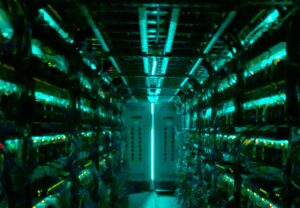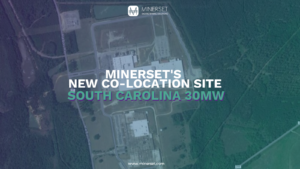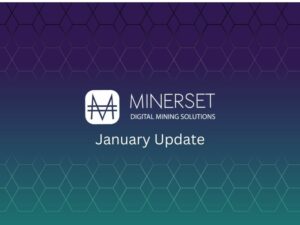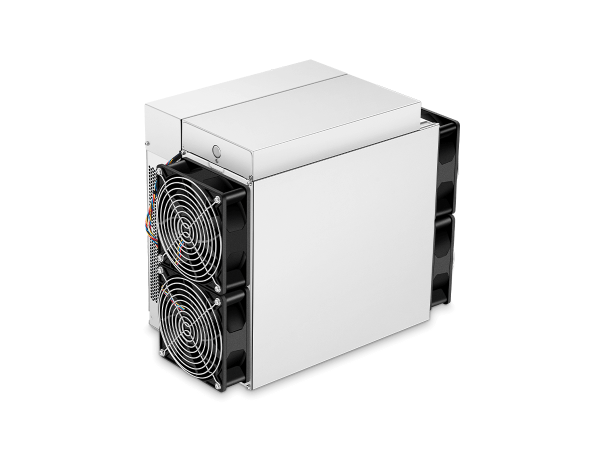Understanding Energy Efficiency in Bitcoin Mining
One of the key challenges of Bitcoin mining is its high energy consumption. The mining process requires significant computational power, which translates to a substantial amount of electricity usage. As more miners join the network and the difficulty of mining increases, the energy consumption of Bitcoin mining continues to rise.
One of the main factors that contribute to the high energy consumption in bitcoin mining is the use of specialised hardware, known as application specific integrated circuits (ASICs). These devices are specifically designed for mining Bitcoin unlike traditional computer processors. However, they still consume a considerable amount of energy, and as the difficulty of mining increases, so does their energy consumption. This has led to the development of more energy efficient ASICs and the exploration of alternative mining methods, such as proof-of-stake, which require significantly less energy.
In addition to hardware and energy sources, the mining pools also plays a crucial role in energy efficiency. Mining pools are groups of miners who combine their computing power to increase their chances of mining a bitcoin block. However, this also means that the energy consumption is shared among the members of the pool. As such, choosing a mining pool with a focus on energy efficiency can significantly reduce the overall energy consumption of bitcoin mining.
Why Energy Efficiency Matters in Mining
Bitcoin, like other industries, has the opportunity to become more carbon neutral. By implementing sustainable practices, such as using renewable energy sources for mining, Bitcoin can reduce its environmental impact and contribute to a greener future. This shift towards carbon neutrality aligns with the growing global focus on sustainability and can help Bitcoin gain broader acceptance in the market.
Also, energy efficiency plays a role in the sustainability of bitcoin mining. The more energy intensive the process becomes, the more expensive it becomes for miners to operate, making it difficult for small scale miners to compete with larger operations. As energy consumption is reduced, so are the electricity bills, resulting in higher profits for miners. By investing in energy efficient equipment and practices, miners can increase their profits while also reducing their impact on the environment.
Strategies for Reducing Mining Costs
The cost of mining has become a major concern for miners. In order to reduce these costs, miners have started to adopt various strategies that focus on efficiency. One such strategy is the use of renewable energy sources. By harnessing the power of the sun, wind, or water, miners can significantly reduce their electricity costs.
Another strategy for reducing mining costs is the use of energy efficient hardware. As technology advances, newer and more efficient mining equipment is being developed. These machines are designed to consume less energy while still maintaining high processing power. By upgrading to these newer, more efficient models, miners can reduce their electricity bills and increase their profitability.
Also, joining a mining pool can also be a strategy for reducing the cost of mining. By pooling together their resources and sharing the cost of mining, miners can reduce their individual expenses and increase their chances of earning a bitcoin reward. This allows for a more efficient distribution of resources, as the mining pool shares tasks, rewards and costs.
Using efficient miners
Miners with more efficient hardware (lower J/TH) will spend less on electricity costs for the same amount of mining power, giving them a competitive edge in the mining landscape. Some of the most efficient on the market are listed below :
- S21 (17.5J/T)
- T21 (19J/T)
- S19 XP (21.5J/T)
- S19K Pro (23J/T)
Minerset is positioned perfectly to assist you with all of your mining needs, from supplying spare parts to the newest, most efficient state of the art miners. Get in touch with us to speak with our team, who can help you with any quotes or queries.
Optimising Hardware for Better Energy Efficiency
In essence, optimising hardware for better energy efficiency involves finding ways to reduce the amount of energy required to mine a single Bitcoin while still maintaining a high level of computational power.
One way to achieve this is by using more energy-efficient hardware components. This includes the use of ASICs specifically designed for Bitcoin mining. These chips are highly specialised and can perform the calculations needed for mining at a much faster rate and with less energy consumption compared to traditional CPUs or GPUs. This results in a significant reduction in the overall energy consumption of the mining process.
Additionally, miners can optimize their hardware for better energy efficiency by implementing techniques such as underclocking and undervolting. Underclocking involves running hardware components at lower speeds than their maximum capability, while undervolting involves reducing the voltage supplied to the components. Both of these techniques can help to reduce the energy consumption of mining operations without significantly impacting performance.
Real World Examples of Energy Efficient Bitcoin Mining; Minerset Georgia site
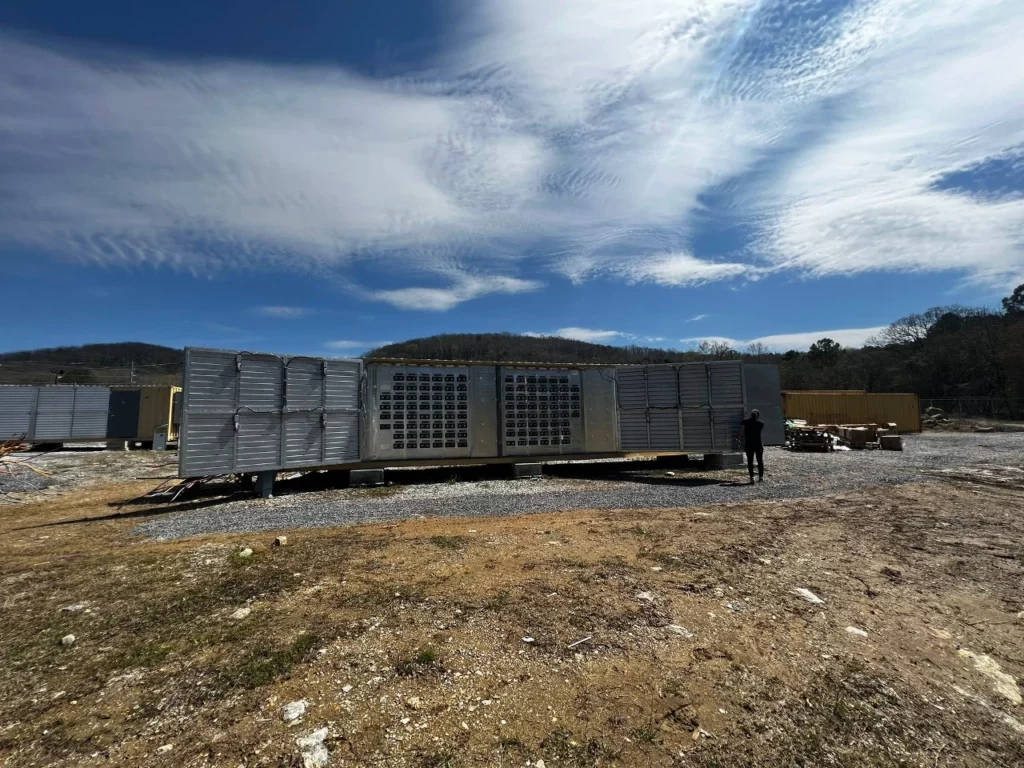
Minerset’s Georgia site is a great real world example of how important energy efficiency is in Bitcoin mining. This is because energy efficiency has a direct impact on profits so when setting the site up it is important to keep efficiency in the forefront of the mind.
This was done by firstly, choosing the right density of energy efficient miners, where they don’t suffocate each other, but the number of machines in the facility still makes economical space.
It is also vital to fine tune each unit. For this, several factors come into place :
- Weather: If the weather is too hot or too cold, the machines consume more power to complete the same task.
- Power Price: For a site with fluctuating power prices, the same kW can cost two or three times depending on the time of the day. Maintaining a power consumption that makes economical sense is necessary.
- Bitcoin price: Unrelated to power itself, but directly linked to profitability, a low BTC price requires maximising efficiency to mine at a profit.
- Infrastructure: Transformers, cables and mining pods/racks have a working temperature and load range, respecting it helps the uptime and long term viability and efficiency.
Choosing the right mining infrastructure: Three phase or single phase, air cooling, hydro or immersion mining, building or mining pods etc. Different geographical locations and existing infrastructure determine the best choice when it comes to big investment items. The right choice will optimise the CAPEX, OPEX and revenues balance.
Bitcoin Halving April 2024 : How will it affect mining?
Bitcoin halving reduces the reward miners receive when mining Bitcoin. This increases competition as with reduced rewards, miners may face heightened competition for the remaining rewards. This could potentially result in smaller mining operations being squeezed out.
The halving may incentivise miners to prioritise efficiency in their operations to maintain profitability. This could lead to advancements in mining technology and practices. The Bitcoin halving’s impact on mining highlights the need for miners to adapt and innovate to stay competitive in the mining industry.


